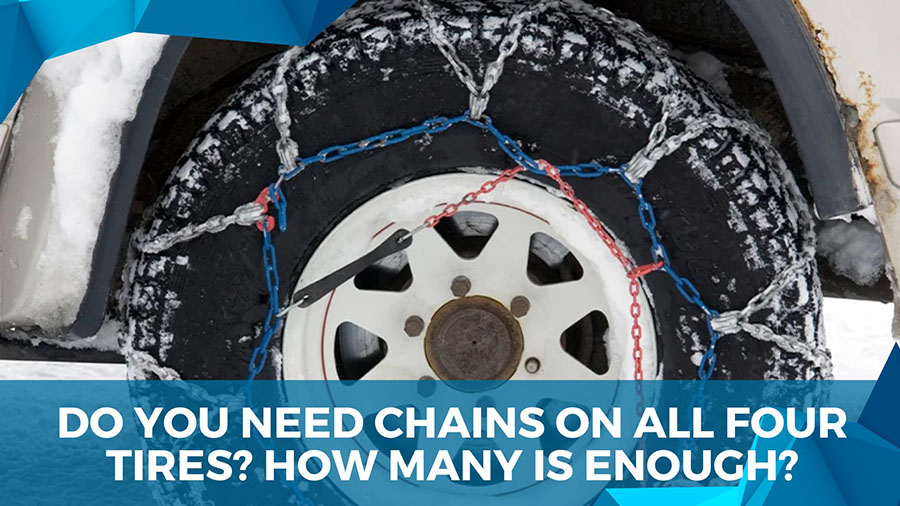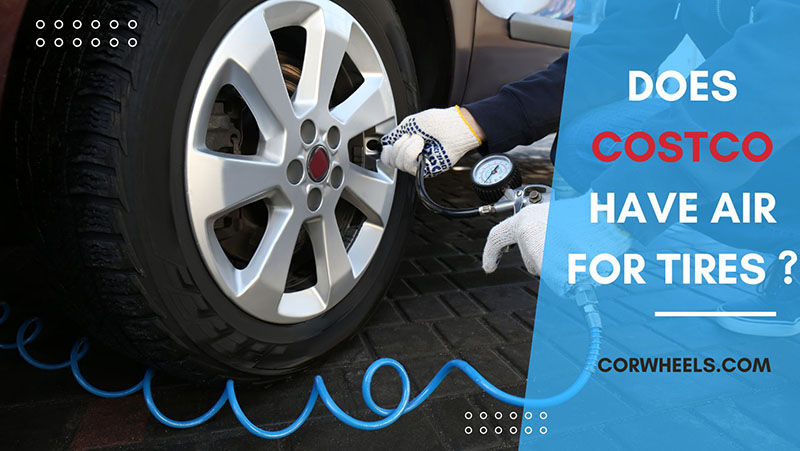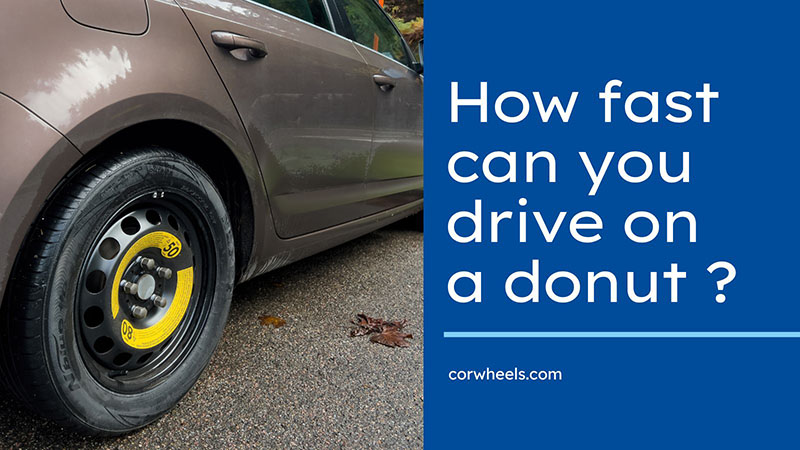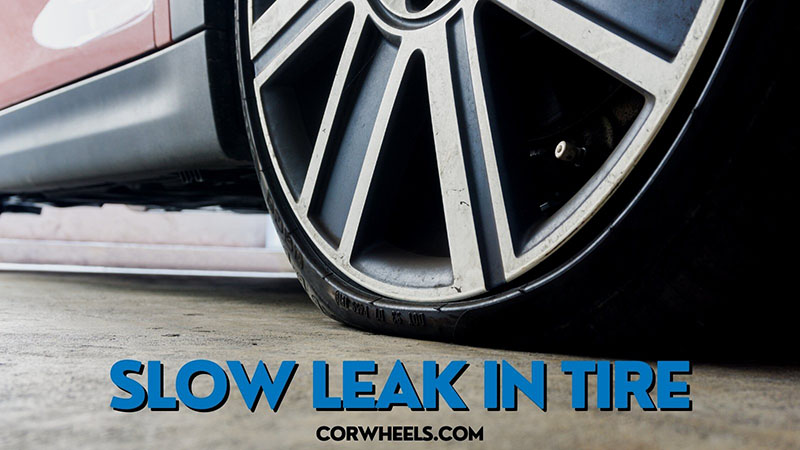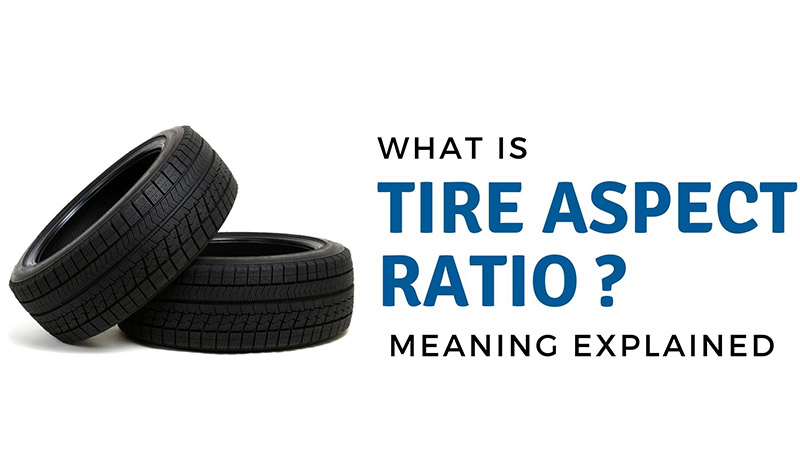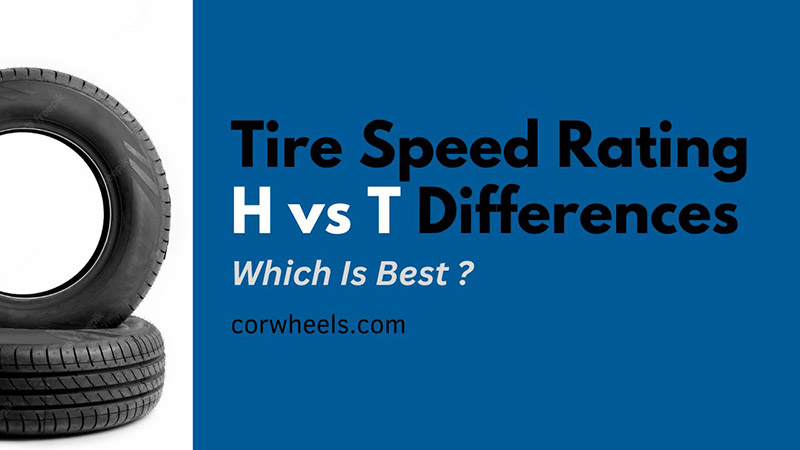While most drivers often skim over tire patterns, these are among the most critical tire elements, especially when your rotation schedule is due.
Learning whether your tire is directional or non-directional would gain you better insight into the car’s performance and ways to improve its control efficiency.
Here is a full-fledged comparison between directional tires vs non-directional. Keep scrolling!
In this article:
What Are Directional Tires?
Directional tires refer to tread patterns designed for one-direction rotation. From a head-on perspective, their voids and lateral point down and forwards, diverting water to two sides to prevent hydroplaning.
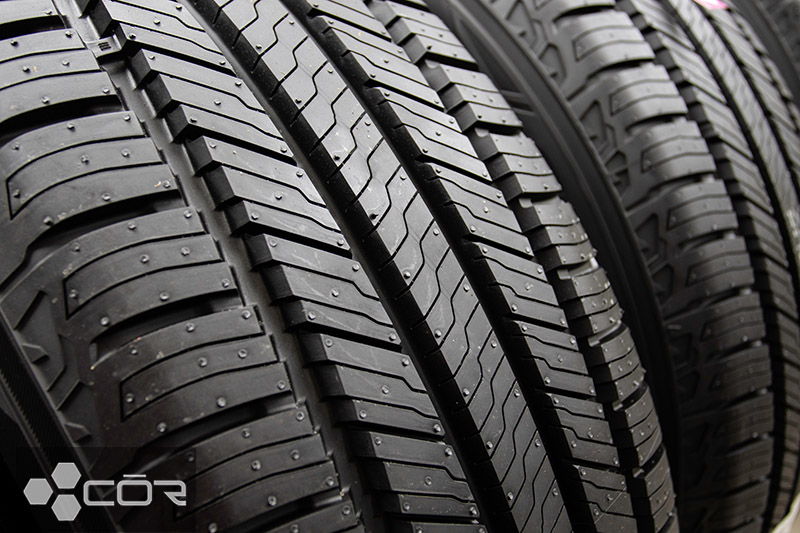
Directional tires perform much better at high speeds and on performance cars than asymmetrical or symmetrical tire patterns. Better yet, their channels whisk off water efficiently, delivering exceptional hydroplaning resistance for dry conditions.
How To Identify Them With Directional Tire Symbols
There is an arrow, sometimes coming with a “Direction” or “Rotation” label, on directional tire sidewalls showing the required rotating direction. Otherwise, you can check the tread pattern.
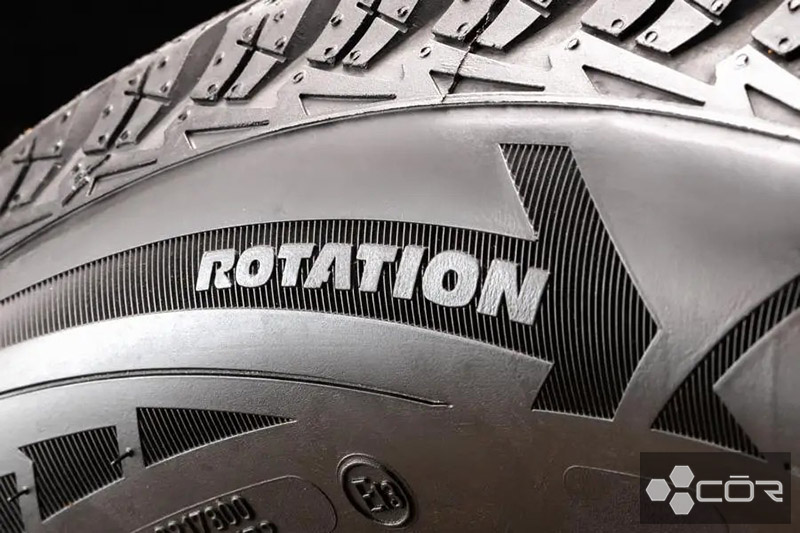
Directional tires often arrive with solid center ribs to add rigidity to the vehicle’s stability at high speeds. Furthermore, the channels would boil down to one point in a Y shape; you will find them quite common for winter or summer tires.
Aside from directional tires, there are also other type of tire patterns on the market, grouped as unidirectional tires. A brief look at how they look will further help you identify their patterns:
- Symmetrical Tires (most common on passenger cars): Symmetric tires have the right and left tread blocks mirror the other, while the voids and lateral grooves point toward multiple directions. Some winter tires utilize symmetric patterns for better grip on slippery road surfaces.
- Asymmetrical Tires: These tires combine symmetric and directional patterns to offer more stability on both wet and dry roads, making them an excellent choice all year round.
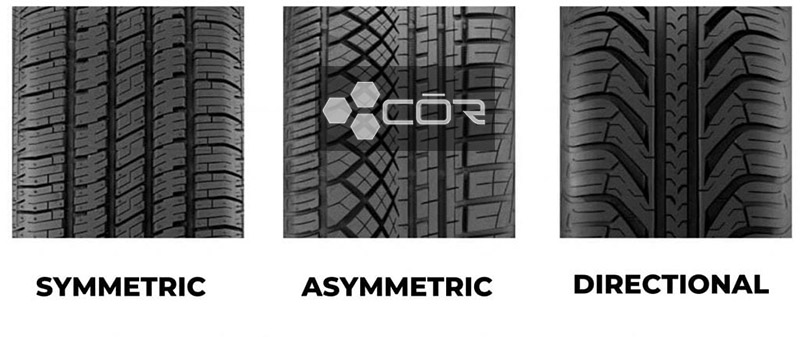
More specifically, their inner sides feature voids like directionals. Meanwhile, the outer part uses large tread blocks.
Unidirectional Tires versus Directional Tires: Is Directional Better?
Directional and unidirectional tires are clearly designed for different purposes, each with its pros and cons. While directional tires can lend exceptional competition advantages for races, non-directional tires work well for urban and regular driving.
1. Directional Tires
a. The Pros
Safety
Performance purposes are the main motivation behind directional designs; hence, it’s unsurprising that they can work great in every weather condition. The treads keep water on the road at bay, enabling steering control and reducing slipping/hydroplaning risks.
Handling
Even for areas with little rain or snow, directional tire pattern still delivers excellent handling, control, and stability at higher speeds. That explains why professional race cars often utilize these tires to achieve a classy-level driving experience.
Fuel Efficiency
Thanks to the improved traction and handling above, directional tread patterns often go hand in hand with fuel efficiency. Better yet, rolling resistance is reduced to the maximum, needing less force than average to rev at turns or away from traffic lights.
Sure, some may shrug and claim such force reduction is significant. But trust me; it can contribute quite a lot to saving fuel consumption!
Exceptional Wet Traction
Again, that comes as no surprise. The Y-shaped design is a huge bonus that helps channel water off the center ribs. The added hydroplaning resistance discussed above only adds to its amazing wet traction.
Aesthetics
Aside from functionalities, aesthetics are another strong point for directional tires. Car fanatics often install them under their cars to deliver a more stunning, luxurious, and slick layout.
b. The Cons
Anyone can recognize the mind-blowing benefits directional tires bring to the table. However, there are drawbacks to keep an eye out on:
- Weak wear resistance
- Noisier than unidirectional
- Limited rotation choices
- More expensive rubber compounds than standard tires
- Short tread life
2. Unidirectional Tires
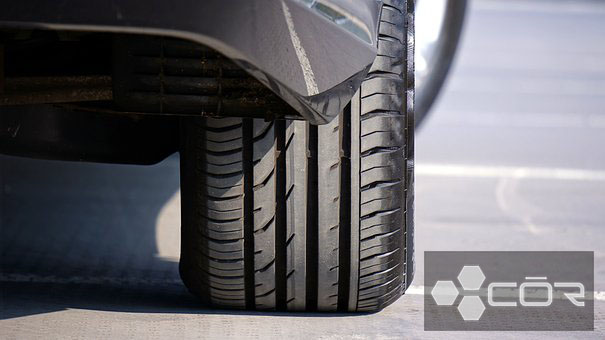
a. The Pros
Tread Wear
Nothing can beat unidirectional tires regarding tread design! Unlike their directional counterparts, non-directional tires can be rotated or swapped to the car’s different sides, which helps prevent uneven wear issues for the tire sidewall.
Long-Lasting
Since there are more rotational choices and fewer uneven wear issues – as just discussed – the tires understandably last much longer on the road.
Quiet
It’s hard to see any directional tire that can offer a trip as smooth and pleasant as non-directional tires. And compared to directional tire tread, the noises are almost non-existent.
Great Value
Since unidirectional tires are the standard products for regular driving (contrary to directional tires, which are tailored for specialized, high-performance vehicles), they are cheap and super accessible.
Easy Fit
Since they are not limited to any rotation patterns, fitting them onto the wheels and rims is almost an effortless process.
b. The Cons
- Not working that well in extremely wet conditions
- Not suitable for race or performance cars
- Less technically sophisticated than directional tires
Can You Mix Directional and Non-Directional Tires?
Obviously, you can’t. These tires have different patterns, handles, and measurements; mixing them will lead to severe risks of uneven tread wear, misalignment, and even tire blowouts.
Long story short: either just non-directional or just directional. Never use the two together.
Can Directional Tires Be Rotated?
Yes, they can. But you can only rotate them rear to front or vice versa. Switching sides is out of the question; otherwise, the tires will spin incorrectly (not in the intended direction) and can never perform at their best.
Can Directional Tires Run Backward?
No. They are named “directional” for a reason. Running the tires in reverse will rob you of any benefits these tires are supposed to bring about.
Plus, in competitive races where every small advantage matters, you should not risk your luck by putting the directional tires backward just to test how they work.
Conclusion
My explorative take on directional tires and how they fare against their unidirectional tires should give you plenty of insight into their performance. Avoid rotating them backward or mixing them with non-directional tires, and you are good to go.



